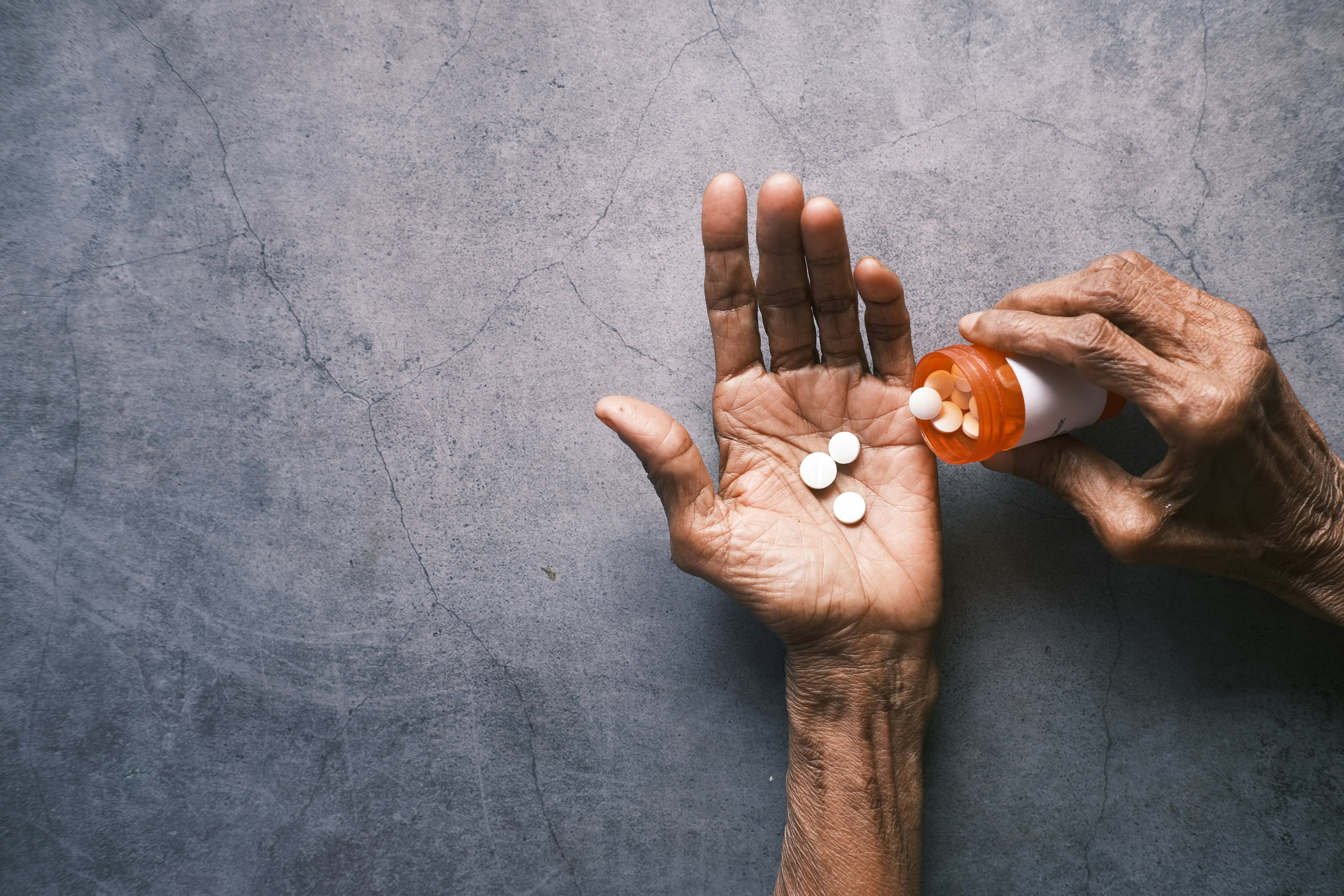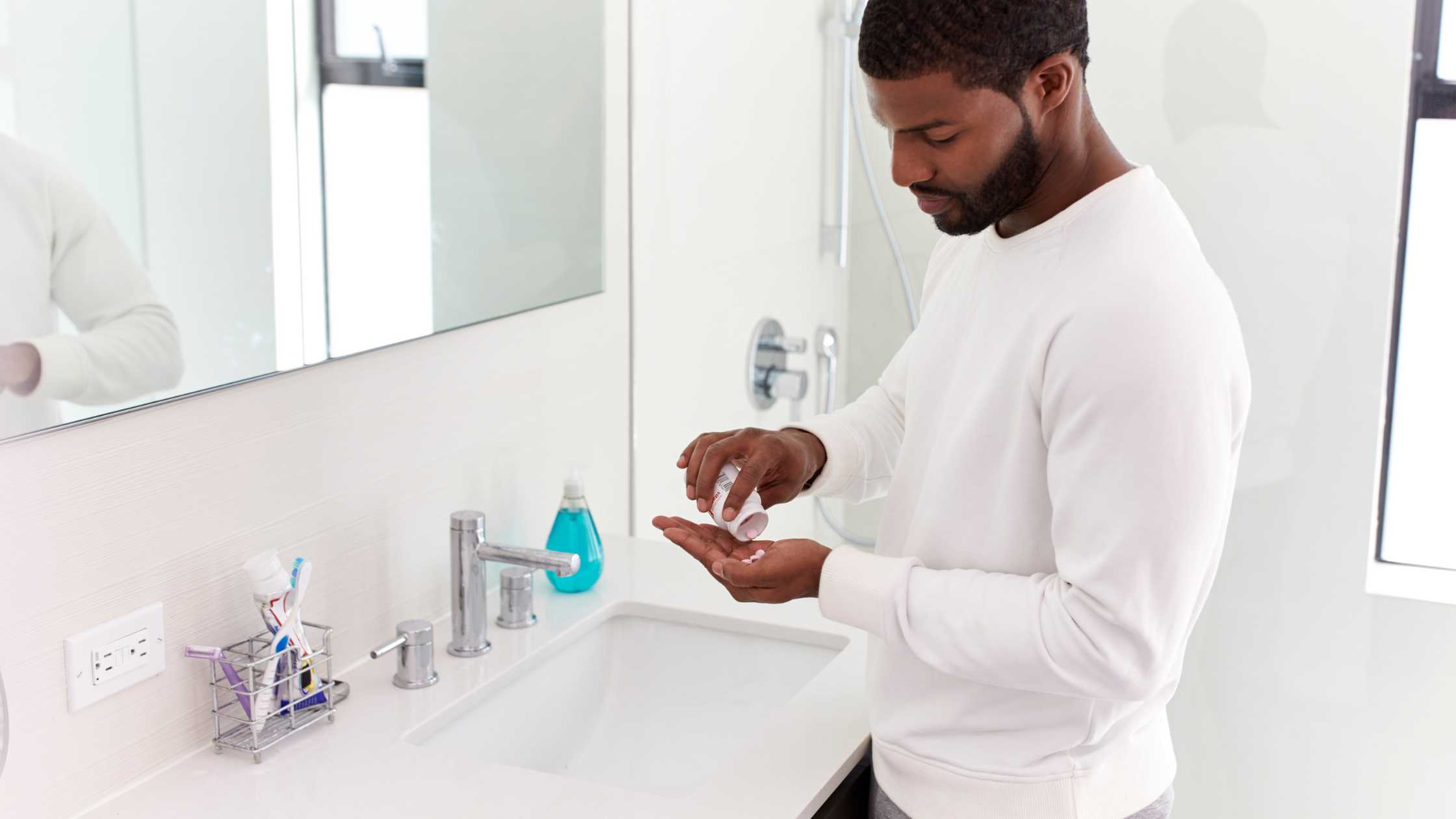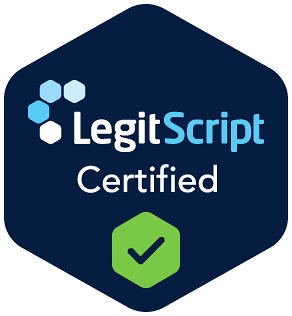- Risk to Children: Accidental use by a child is a medical emergency and can result in death. Keep SUBOXONE® in a secure place away from children and pets. If a child accidentally takes it, get emergency help or call 911 immediately.
- Risk of Breathing Problems: SUBOXONE® can cause serious and life-threatening breathing problems. This risk is significantly increased when taken with other central nervous system depressants, including other opioids, benzodiazepines, alcohol, or street drugs. This combination can lead to severe drowsiness, coma, and death.
- Do Not Inject: Injecting ("shooting-up") SUBOXONE® can cause life-threatening infections and other serious health problems, as well as trigger sudden and severe withdrawal symptoms.
- Physical Dependence and Withdrawal: Do not stop taking SUBOXONE® suddenly, as this can cause withdrawal symptoms because your body has become used to the medicine (physical dependence). Physical dependence is not the same as addiction.
- Safe Storage: Store SUBOXONE® securely, out of sight and reach of children and any other individuals, including visitors to your home. Selling or giving away SUBOXONE® is against the law.
Proper Use and Administration
- Take SUBOXONE® exactly as prescribed by your healthcare provider. Do not change your dose without consulting your provider.
- The amount of buprenorphine in SUBOXONE® is not the same as in other buprenorphine-containing medicines. Do not switch between these products without your provider's guidance.
- Allow the film to dissolve completely under your tongue or against your cheek. Do not cut, tear, chew, or swallow the film, as the medicine will not work as well.1
- After the film dissolves, rinse your mouth with water and swallow. Wait at least one hour before brushing your teeth.
Potential Side Effects and Risks
Call your healthcare provider or get emergency help right away for any serious side effects.
Serious Risks Include:
- Trouble Breathing: Get emergency help if you feel faint, dizzy, confused, sleepy, or have slurred speech or slowed breathing.
- Liver Problems: Call your provider if you notice yellowing of the skin or eyes (jaundice), dark urine, or pain in your stomach area. Your provider should do blood tests to check your liver function before and during treatment.
- Allergic Reaction: Symptoms can include rash, hives, swelling of the face, and wheezing.
- Opioid Withdrawal: Symptoms include shaking, sweating, muscle aches, vomiting, and diarrhea.
- Decrease in Blood Pressure: You may feel dizzy when getting up too quickly.
- Most Common Side Effects: Headache, nausea, vomiting, constipation, pain, increased sweating, and difficulty sleeping (insomnia).
Naltrexone Safety Information
Naltrexone is an opioid antagonist used to treat both Alcohol Use Disorder (AUD) and Opioid Use Disorder (OUD). It is not an opioid and is not a cure for addiction, but is used as part of a comprehensive treatment program that includes counseling and support. It works by blocking the euphoric effects of opioids and may reduce the pleasure and cravings associated with alcohol.
Most Important Safety Information
- You Must Be Opioid-Free: You must stop taking all opioids, including street drugs and prescription pain medications, for at least 7 to 14 days before starting naltrexone. Taking naltrexone while opioids are still in your system can cause sudden, severe withdrawal symptoms that may require hospitalization.
- Risk of Opioid Overdose:
- Do not try to overcome the blocking effect of naltrexone by taking large amounts of opioids. This can lead to serious injury, coma, or death.
- After stopping naltrexone, your body may be more sensitive to lower doses of opioids than you previously used. Resuming opioids at your previous dose can lead to overdose and death.
- Liver Damage: Naltrexone can cause liver damage or hepatitis, though this is rare at prescribed doses. Your doctor should perform blood tests to check your liver function before and during treatment. Tell your doctor immediately if you experience symptoms like stomach pain, dark urine, or yellowing of the eyes.
- Depression and Suicidal Thoughts: Naltrexone may cause some people to become depressed or have suicidal thoughts.2Tell your healthcare provider immediately if you experience any sudden changes in mood, feelings of hopelessness, or thoughts of harming yourself.
Proper Use and Administration
- Naltrexone is available as a 50 mg oral tablet (taken once daily) or a 380 mg extended-release intramuscular injection (Vivitrol®) given by a healthcare provider once a month.
- Take this medicine only as directed by your healthcare provider.
- Never share naltrexone with anyone else, especially someone who uses opioids, as it can cause severe withdrawal.
- Carry identification stating that you are taking naltrexone.
Potential Side Effects and Risks
- Common Side Effects: Nausea, headache, dizziness, anxiety, nervousness, tiredness, trouble sleeping, and muscle or joint pain are the most common side effects. Nausea is most common and usually mild, often improving after a few days.
- Injection Site Reactions: For those receiving the Vivitrol® injection, reactions like pain, swelling, lumps, or itching at the injection site are common. Call your provider if you experience severe pain, blisters, an open wound, or tissue death.
National Recovery Resources
Finding support is a critical part of recovery. The following organizations offer free, confidential help, information, and community.
Immediate Help & Crisis Hotlines
988 Suicide & Crisis Lifeline: For anyone in suicidal or emotional crisis, provides 24/7 free and confidential support.
SAMHSA's National Helpline: A 24/7 treatment referral and information service for individuals and families facing mental and/or substance use disorders.
- Phone: 1-800-662-HELP (4357)
National Drug Helpline: A 24/7 toll-free, confidential hotline for information about substance use, treatment options, and rehab costs.
National Rehab Hotline: A 24/7 free and confidential crisis hotline for anyone struggling with substance use or mental health.
Treatment Locators
FindTreatment.gov: SAMHSA's confidential and anonymous resource for finding substance use and mental health treatment facilities across the United States.
The Salvation Army: Operates Adult Rehabilitation Centers, which are often free 180-day residential programs that provide holistic assistance for those who have lost the ability to cope with their problems.
Peer Support Groups
Alcoholics Anonymous (A.A.): A global fellowship based on a 12-step program where members share their experiences to help each other recover from alcoholism. A.A. offers in-person and online meetings.
Narcotics Anonymous (N.A.): A nonprofit fellowship for individuals who have had a problem with drugs. It is a program of complete abstinence based on a 12-step model, with meetings available worldwide.
SMART Recovery (Self-Management and Recovery Training): A science-based alternative to 12-step programs that uses a 4-Point Program rooted in cognitive behavioral therapy (CBT) to help people overcome any type of addictive behavior.
Medication Assisted Recovery Anonymous (MARA): A 12-step based support group specifically for people who use medication as part of their recovery from addiction.
In the Rooms: A free online platform for the global recovery community, offering over 130 live online meetings every week across a variety of fellowships and recovery paths.
Educational Resources
- National Institute on Drug Abuse (NIDA): The lead federal agency for scientific research on drug use and addiction. Their website provides science-based information for patients, families, and educators.
- Substance Abuse and Mental Health Services Administration (SAMHSA): The U.S. government agency leading public health efforts to advance behavioral health. Their website offers a vast library of free publications, toolkits, and resources on treatment and recovery.








